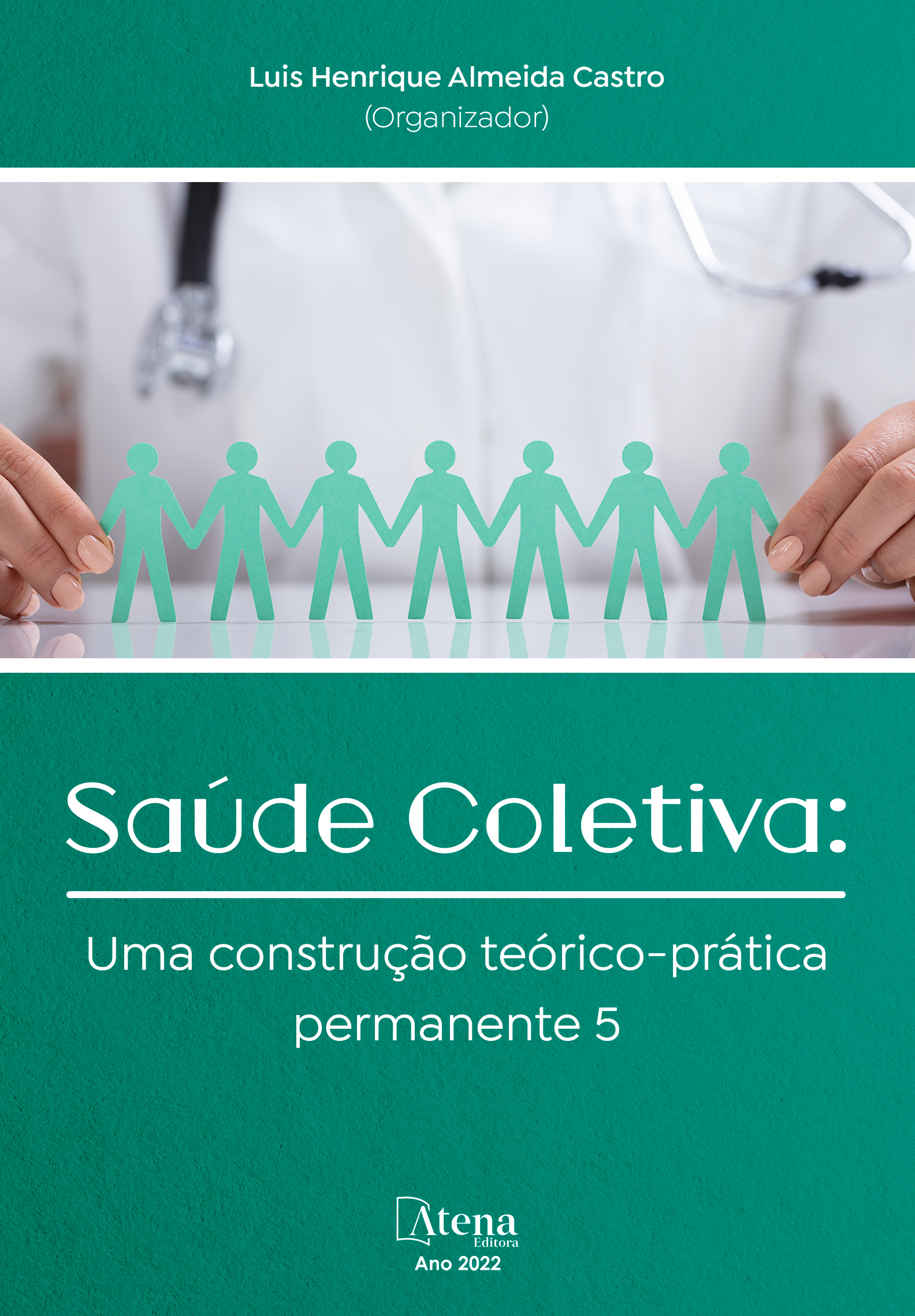
PANORAMA SÓCIO ETÁRIO E CULTURAL DA ENDOMETRIOSE NO ESTADO DE SÃO PAULO
O objetivo do estudo foi identificar a epidemiologia da endometriose, particularmente sua prevalência em relação à cor/ raça, faixa etária, nível socioeconômico e caráter de atendimento urgente ou eletivo, com vista a um tratamento singular e efetivo. Dessa maneira foram coletadas informações que realizassem um levantamento de dados sobre a endometriose no Sistema de Informações de Agravos de Notificação (SINAN) e IBGE, abrangendo o período de 1º de Janeiro de 2014 ao dia 31 de Dezembro de 2019. Realizado classificação de segundo valor total por cor/raça, faixa etária e caráter de atendimento eletivo ou urgente, considerando o Estado de São Paulo. O estudo desse artigo tem uma abordagem de caráter descritivo. Quanto ao resultado a partir das análises enquanto as internações é possível afirmar que a endometriose é comum na idade fértil, entre as idades de 40-49 anos, onde teve uma incidência, podendo estar relacionada diretamente ao nível socioeconômico e escolar da paciente. Em relação ao caráter de atendimento é muito mais comum no atendimento eletivo, tendo seu numero de internações mais elevado ao ano de 2019 devido às mulheres procurarem assistência médica de maneira rotineira. Quando é analisado as internações em caráter de cor/etnia, é possível estabelecer que a cor branca são as que mais conseguem ter o diagnostico de endometriose, isso pode ser justificado ao nível socioeconômico e condição de acessibilidade dessas mulheres. Com isso é concebível concluir e considerar que o quadro clínico e a epidemiologia da doença em relação a paciente é de forma individual, quanto mais precoce for feito o diagnostico melhor será traçado seu tratamento singular, afim de melhorar sua atividade de vida diária e sua qualidade de vida. É necessário realizar uma busca ativa dessas mulheres na comunidade para terem um diagnostico e tratamento da endometriose na atenção básica especializada.
PANORAMA SÓCIO ETÁRIO E CULTURAL DA ENDOMETRIOSE NO ESTADO DE SÃO PAULO
-
DOI: 10.22533/at.ed.75722190816
-
Palavras-chave: Doença inflamatória crônica. Idade reprodutiva. Endometriose. Qualidade de vida.
-
Keywords: Chronic inflammatory disease. Reproductive age. endometriosis. Quality of life.
-
Abstract:
The propose of the study was to identify the epidemiology of endometriosis, particularly its prevalence in relation to color/race, age group, socioeconomic level and the nature of urgent or elective care, with a view to a unique and effective treatment. In this way, information was collected to carry out a survey of data on endometriosis in the Information System of Notifiable Diseases (SINAN) and IBGE, covering the period from January 1, 2014 to December 31, 2019. Second value classification was performed. total by color/race, age group and character of elective or urgent care, considering the State of São Paulo. The study of this article has a descriptive approach. As for the result from the analyzes while hospitalizations, it is possible to affirm that endometriosis is common in the childbearing age, between the ages of 40-49 years, where it had an incidence, which may be directly related to the socioeconomic and educational level of the patient. Regarding the nature of care, it is much more common in elective care, with the highest number of hospitalizations in 2019 due to women routinely seeking medical care. When the hospitalizations according to color/ethnicity are analyzed, it is possible to establish that the white color are the ones who are most likely to have the diagnosis of endometriosis, this can be justified by the socioeconomic level and accessibility condition of these women. With this, it is conceivable to conclude and consider that the clinical picture and epidemiology of the disease in relation to the patient is individual, the earlier the diagnosis is made, the better its singular treatment will be traced, in order to improve its activity of daily living and its quality. of life. It is necessary to carry out an active search for these women in the community to have a diagnosis and treatment of endometriosis in specialized primary care.
-
Número de páginas: 11
- Thainá Rodrigues de Freitas
- Sara Rodrigues de Freitas


